Car News

Tesla Teases Mystery Car – Likely a Cheaper Model Y
Over the weekend, Tesla teased a new car. We think it's likely a less expensive version of the existing Model Y.

Report: Dodge Cancels High-Powered Banshee EV
Dodge continues to pare back plans for its electric muscle car. A new report says the brand will not build a high-performance Banshee version.
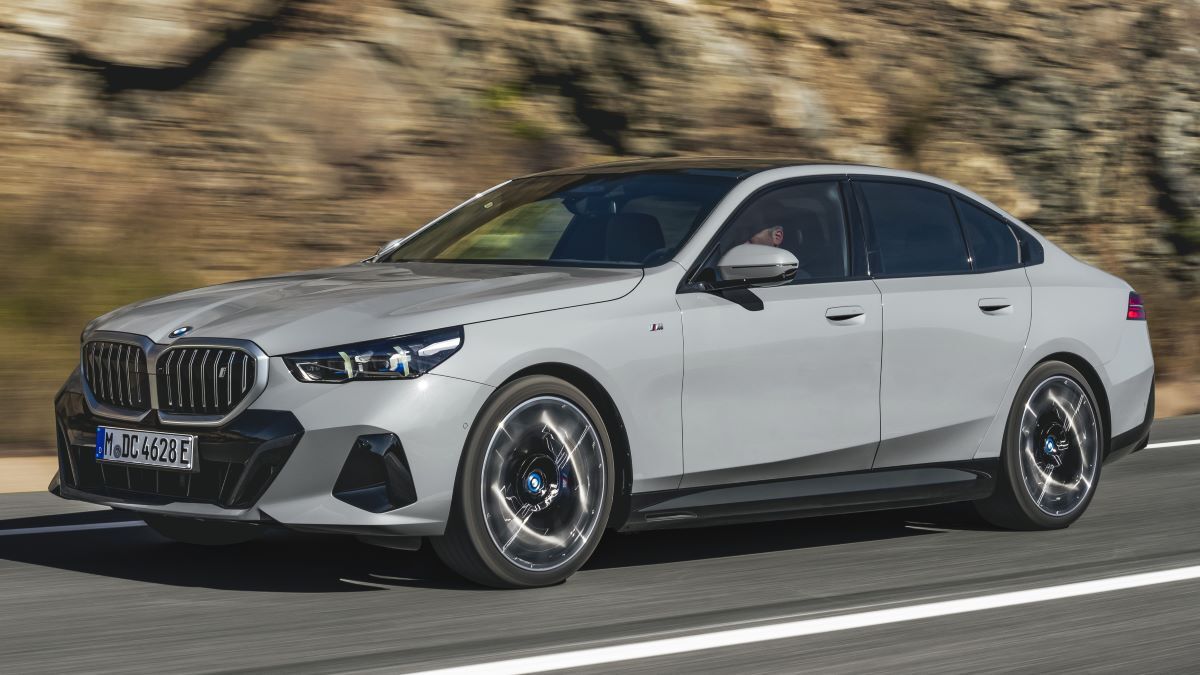
BMW, Stellantis Extend $7,500 EV Credit Themselves
BMW and Stellantis have joined GM and Ford in offering $7,500 discounts to replace the canceled federal EV tax credit.

Car Parts Maker Bankruptcy Could Complicate Repairs
First Brands Group, which makes parts for car repairs, has declared bankruptcy. That could complicate repairs.
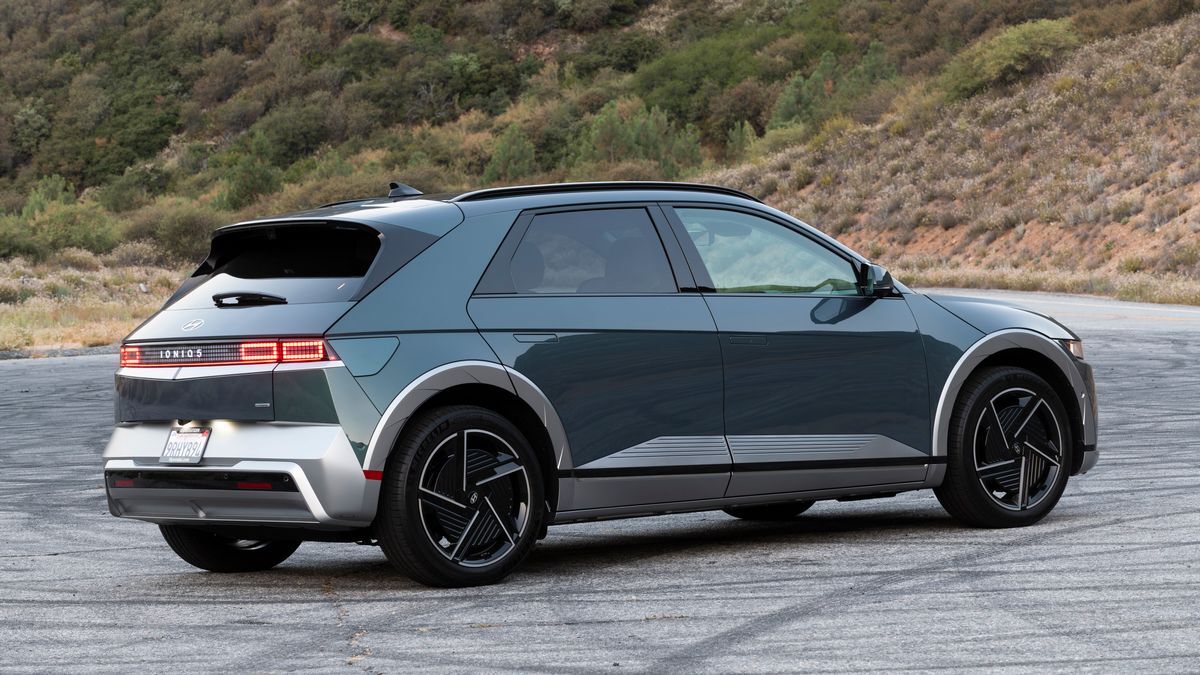
Hyundai Cuts Ioniq 5 Price by More Than $9,000
Hyundai this week cut the price of its 2026 Ioniq 5 electric SUV by an average of more than $9,000.
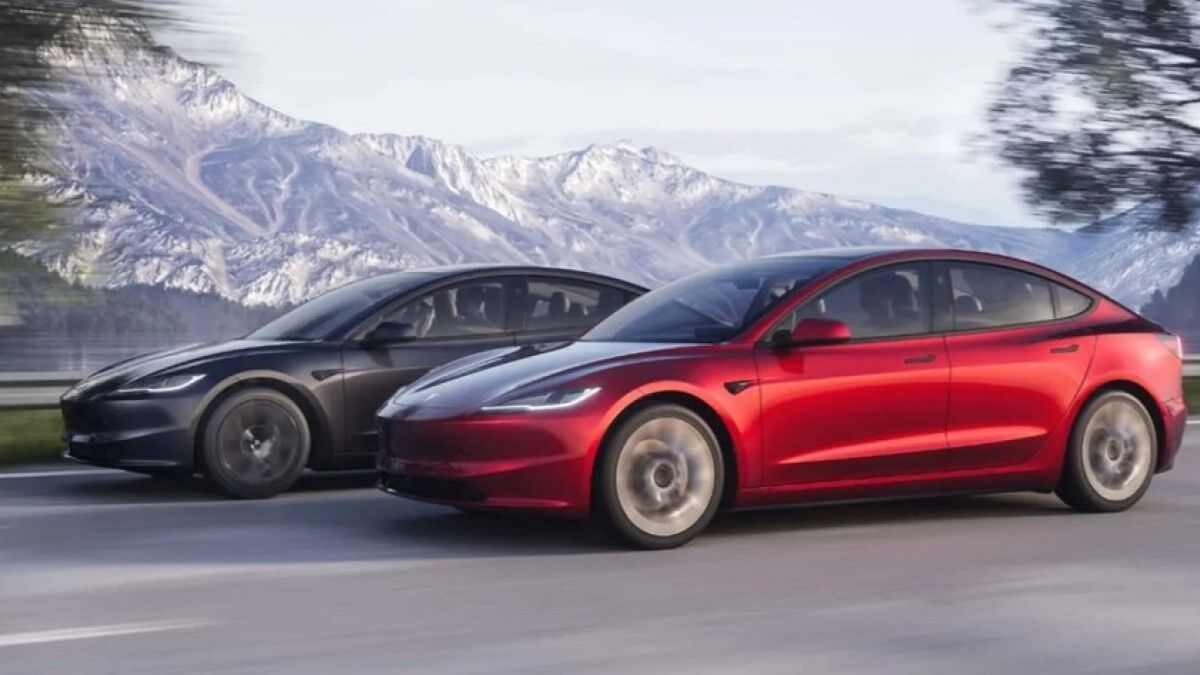
Tesla Raises Lease Prices as Tax Credit Expires
With the government discount gone, the company is raising lease prices to compensate.
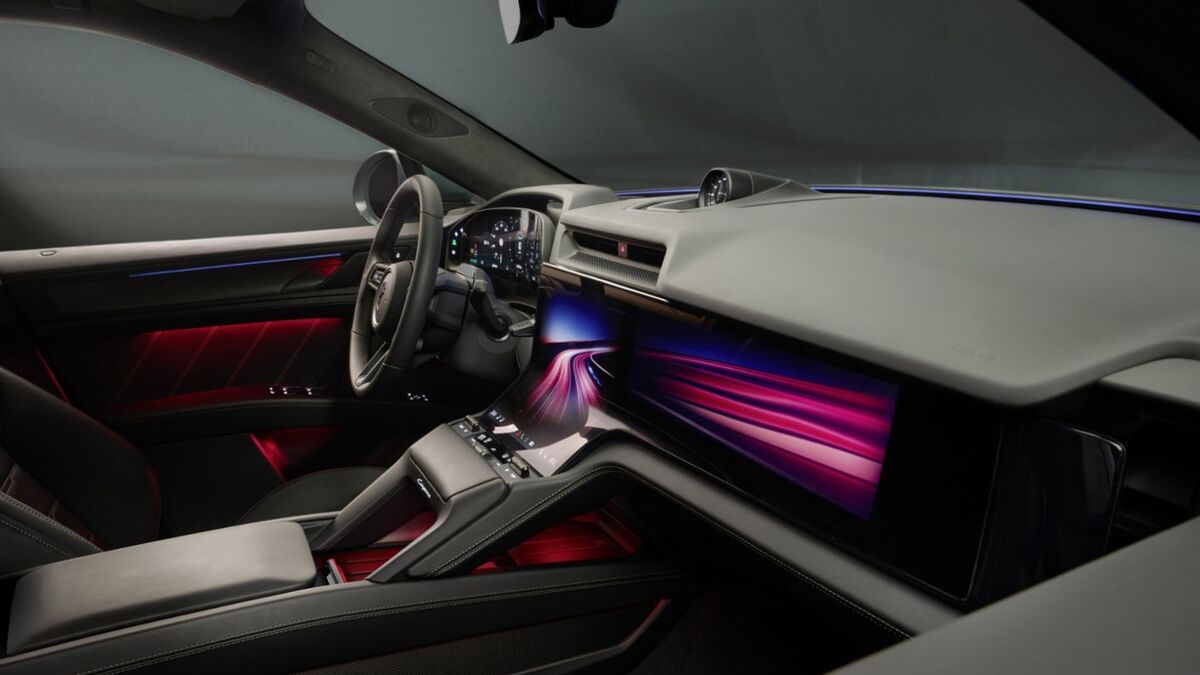
Porsche Shows Off Electric Cayenne Cabin
The 2026 Porsche Cayenne EV will feature a unique curved screen, an AI voice assistant, and an augmented-reality HUD.

Subaru Trims Base Model from BRZ
Subaru will remove the lowest price model from its BRZ sports coupe offerings in 2026, effectively raising its price.

GM, Ford Trying to Extend $7,500 EV Lease Credit
The $7,500 EV tax credit disappears tonight, but GM and Ford may have found a creative way to extend it for some lessees.
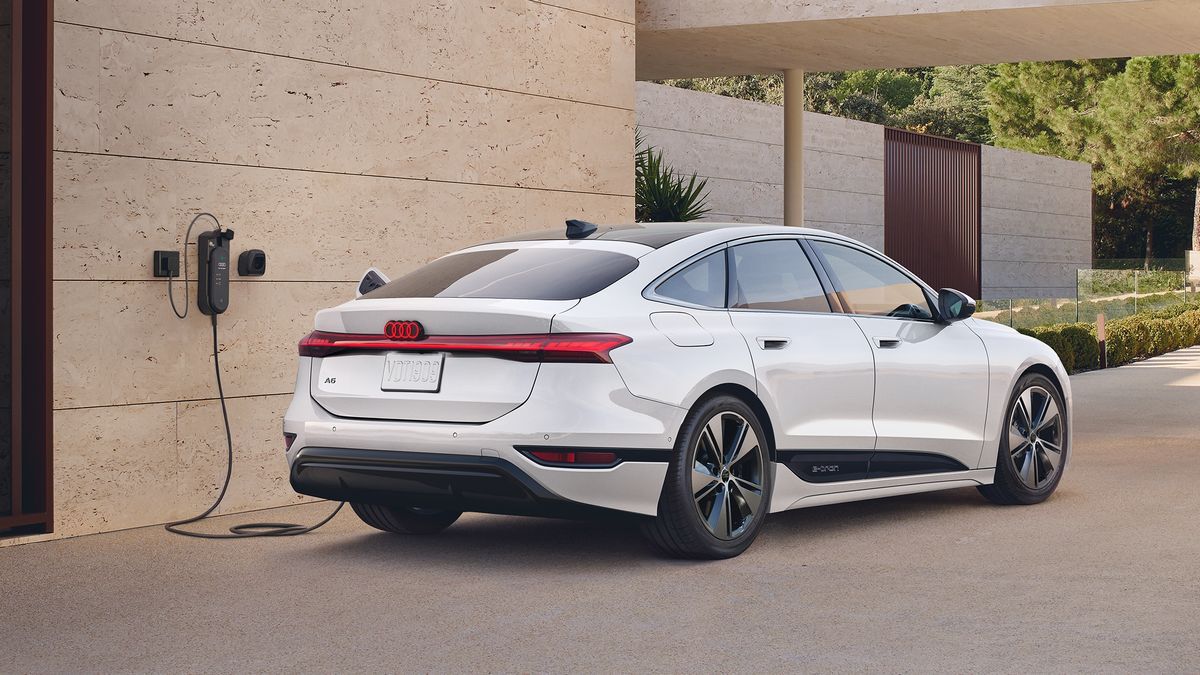
The $7,500 Federal EV Tax Credit Ends Tomorrow Night
The federal government's $7,500 electric vehicle (EV) tax credit expires at midnight Tuesday thanks to a new law.
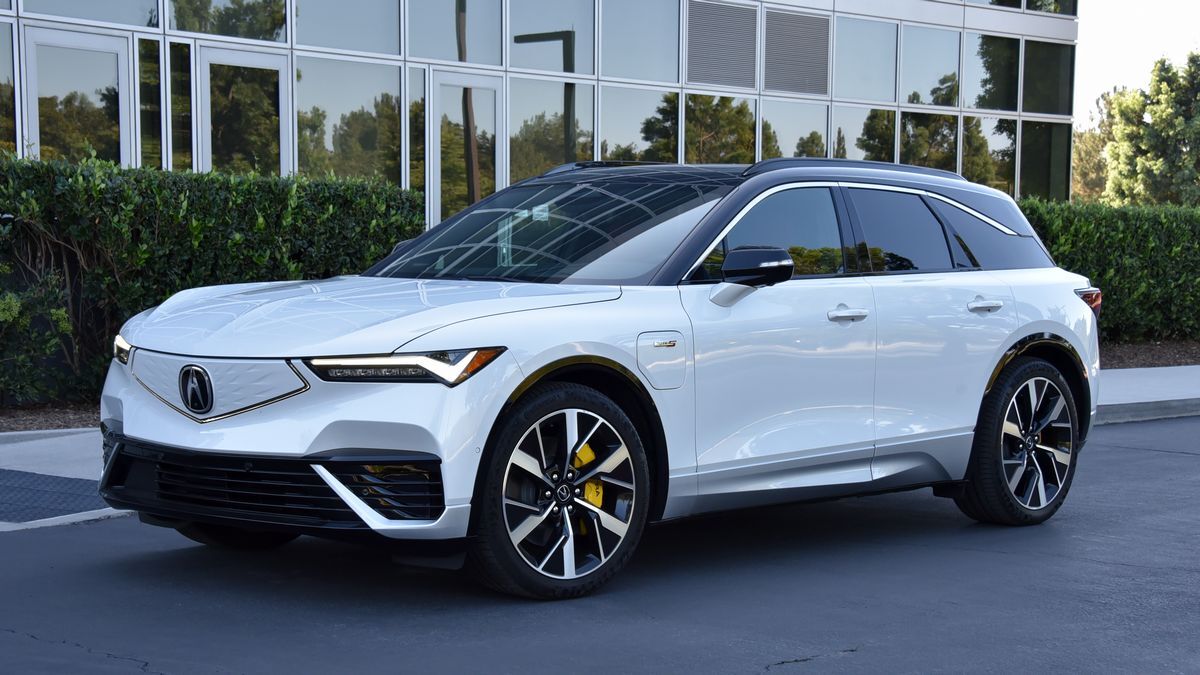
Acura Cancels Electric ZDX
Acura has already stopped production of its 2026 ZDX electric SUV, but dealers have many left in stock this month.

Legendary Lexus LS in Its Final Year
2026 will be the final model year for the Lexus LS luxury sedan. As a goodbye, it gets a limited-edition heritage model.

California Will Not Replace $7,500 Federal EV Tax Break
California has dropped a plan to replace the federal government's soon-to-disappear $7,500 EV tax incentive.
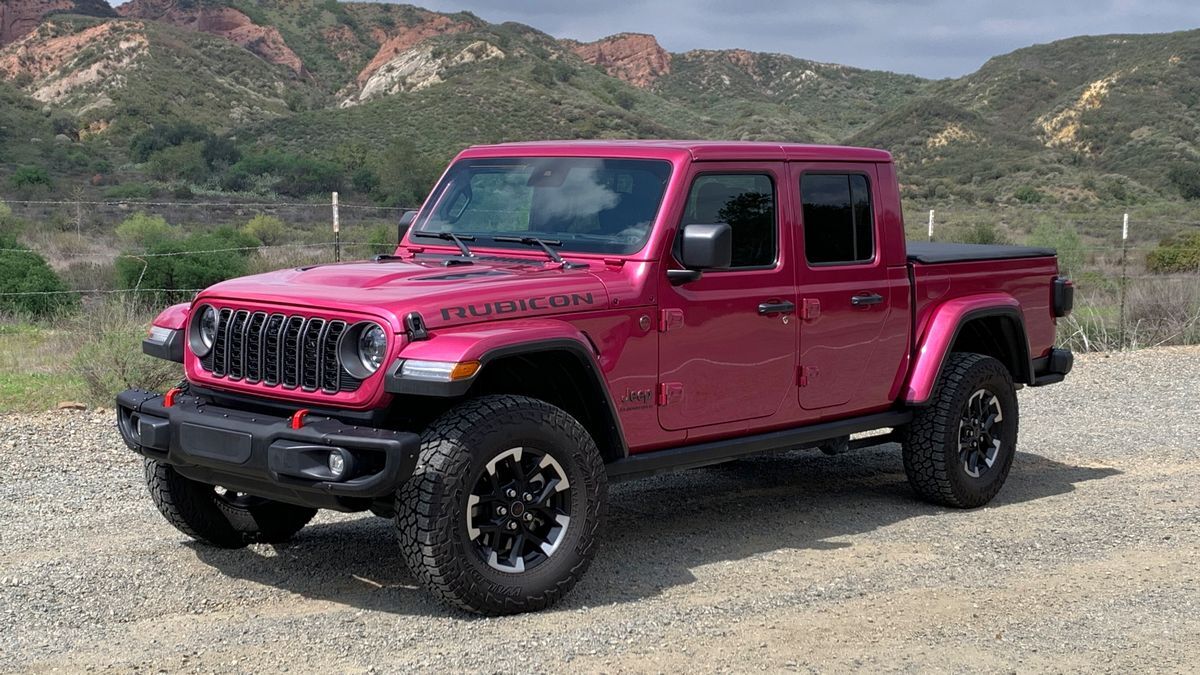
Jeep Reportedly Cancels Gladiator 4xe Plug-in Hybrid
Jeep will not build a planned plug-in hybrid (PHEV) version of its Gladiator midsize truck, according to a new report.